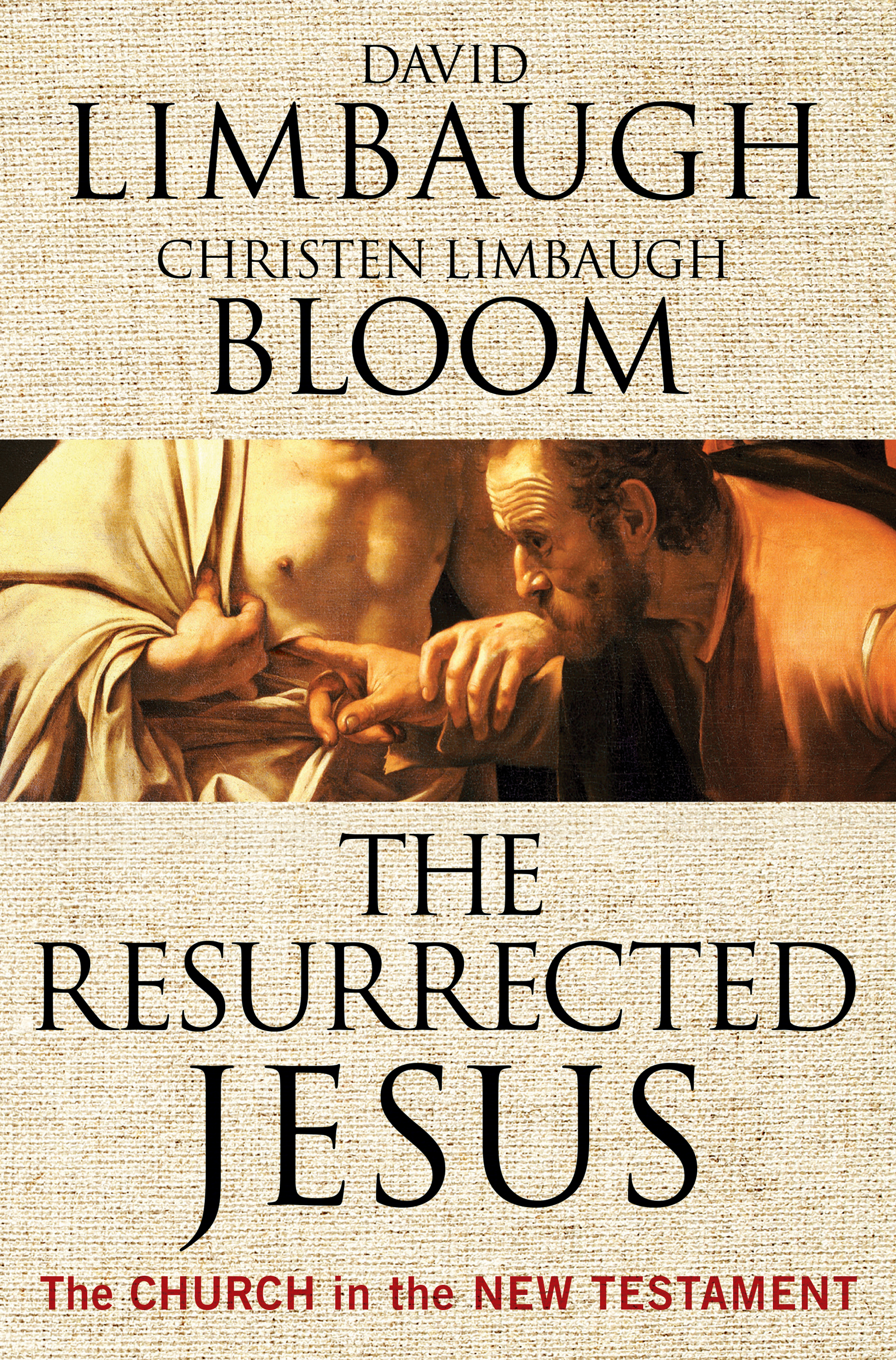Schiavo: Awakening A Sleeping Giant
April 1, 2005It is just possible, contrary to my original thoughts, that the tragic Schiavo case will not usher in a slippery slope toward euthanasia but cause a double-barreled backlash against both the “Culture of Death” and judicial activism.
To be sure, the legal precedent established in this case, at least in Florida, represents an affirmative devaluation of human life and opens the door to further troubling scenarios, involving the state-sanctioned murder of the inconvenient, based on “quality of life” assessments.
Schiavo: Awakening A Sleeping Giant
April 1, 2005
It is just possible, contrary to my original thoughts, that the tragic Schiavo case will not usher in a slippery slope toward euthanasia but cause a double-barreled backlash against both the “Culture of Death” and judicial activism.
To be sure, the legal precedent established in this case, at least in Florida, represents an affirmative devaluation of human life and opens the door to further troubling scenarios, involving the state-sanctioned murder of the inconvenient, based on “quality of life” assessments.
But I sense in this nation a growing outrage at the arrogance and unaccountability of our judiciary, and at the cavalier attitude many are exhibiting toward life.
Former San Francisco Mayor Willie Brown said, referring to the Schiavo case, “I think there’s a moral question, a legal question, but there’s no political question in this matter at all, and it never should have been elevated to that.”
You better think again, Mr. Brown. When the public has finally had its fill of this insanity, it may well, through its elected representatives, exercise its political options by launching a counterattack against the courts.
Significant numbers of people were outraged in 1973, when the Supreme Court placed its “holy” imprimatur on the murder of babies in the womb and overstepped its bounds by tying up states on the issue through a constitutional right it manufactured.
But over the last several decades, despite a virtual monopoly by leftist forces in academia, the major media and Hollywood, the public’s sentiment toward protecting babies in utero has matured, and its aversion to judicial activism has grown.
People have a sense, if not any particular sophistication in constitutional analysis, that there is something radically wrong with the Orwellian propaganda that “social change” ought to emanate from the courts rather than legislative bodies.
The Ten Commandments monument case, involving Alabama Judge Roy Moore, and now the Schiavo case have brought to light more than any other recent cases, the necessity of legislative or even popular (constitutional amendment) intervention to rein in the renegade judicial branch.
The conflict and turmoil among conservatives alone is sufficient reason for remedial action. In the Moore case I discovered how deep-rooted feelings are on this matter when I wrote a column defending Judge Moore’s position on displaying the monument, but disagreeing with his decision to defy a federal court order.
Many social conservatives were adamant that Judge Moore had a right, indeed a duty, to thumb his nose at the federal court. They were unsympathetic to my concern that his action contravened the rule of law, because they believe the courts have already obliterated the rule of law through their unconstitutional usurpation of authority.
I don’t have the space to revisit that issue here, except to point out that it came up all over again — more or less — when the same groups were demanding that President Bush and Governor Bush each intervene to save Terri’s life through unilateral executive action, even after courts had formally barred Jeb from doing so.
I thought the arguments for defiance of a court order were more compelling in the Schiavo case than the Moore case for a number of reasons, including that it pitted a chief executive against the judiciary instead of the judiciary against the judiciary, and an innocent human life was literally hanging in the balance.
While I was torn on the issue, I still had difficulty recommending that the governor defy the courts — even though I strongly disagreed with their decision — considering the precedent it would set for future sinister executives to act any way they wanted and above any legal checks. But it doesn’t matter so much what I think. The fact is, the people are mad, and they’re not going to take it anymore. In the end, this case screams loudly for action by state legislatures and Congress against both the Death Culture and judicial activism. Indeed, many of my objections to the Schiavo case have even more to do with what I perceive to be gross injustices exacted by the courts — based on their stunning disrespect for life — than judicial activism.
In response to this Culture of Death, we might witness grassroots efforts across the country to influence state legislatures to craft constitutional legislation specifically to outlaw the kind of barbarism that occurred in this case. Legislatures can write laws to disqualify guardians as a matter of law when they have the demonstrable conflict of interest Michael Schiavo had, to require the appointment of a guardian ad litem to protect the patient, and to prevent death by starvation of non-terminal patients without (or arguably with) explicit written directions on the matter.
As for judicial activism, pending the confirmation of many more constitutionalist judges, Congress might use its Article III authority to limit the jurisdiction of courts in certain areas.
The Schiavo case death merchants may rue the day they allowed their “dispassionate” absence of zeal for human life to go too far. They might just have awakened the sleeping giant of the Culture of Life.






